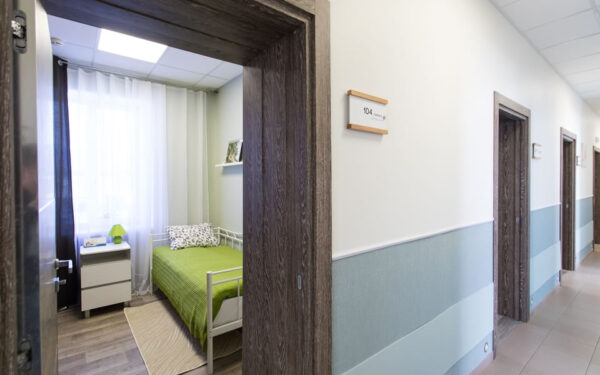Part II: Updated State Operations Manual (SOM) Reflects the Requirements of Participation
By Marilyn Mines, Senior Manager, Advisory Services & Rick Meeske, Senior, Advisory Services

Recently, CMS posted an advanced notice of Appendix PP of the State Operations Manual. It is interesting to note that there are numerous new tags that may be cited if the requirements for a Facility Assessment are not in compliance. These citations will be used for all surveys on or after November 28, 2017. The facility assessment documentation must be maintained and available to surveyors, should it be requested.
The philosophy behind the Facility Assessment is that every nursing facility is different, so there is no ‘one size fits all’ approach to caring for its residents. In order to properly deliver person-centered care, the facility must know who their residents are, what the facility’s capabilities are, and the competencies of their staff. In order to determine this, the facility must perform an assessment that gathers the necessary information.
The Facility Assessment will identify the numbers, types and needs of the residents as well as to determine whether or not the facility has the resources and capable staff to meet the resident’s needs. The facility population, measures the resident needs based on diseases/diagnosis, acuity levels and underlying conditions as well as physical, cognitive and psychological needs/disabilities. Physical environment (equipment, services, physical plant consideration, etc.) as well as ethnic, religious or cultural factors may affect the care rendered and must be identified. The Facility Resources includes buildings and other associated physical structures and vehicles, medical and non-medical equipment, provision of various services and personnel (employed or contractual basis), health information technology resources. It is also necessary to complete an all-hazard risk assessment to determine the potential needs in case of an emergency or disaster.
To get started if you have not already done so, look at the information that is already being obtained via technological sources: census, diagnosis index, etc. Utilize your software and other manual forms of data collection that may already be in place.
Develop a template to more easily maintain the data. Recognize that educating staff is critical, and understanding exactly what their competencies are is essential in order to identify future educational needs.
The importance of this part of the RoP can easily be seen when looking at the potential F tags that can be cited for noncompliance.
| F622 Transfers and discharges | F725 and F726 Nursing services | F838 Facility assessment |
| F626 Return to facility | F741 Sufficient staff | F841 Medical director |
| F656 Comprehensive care plan | F742 Psychological adjustment | F865 QAA |
If you have any questions regarding the new requirements of participation or the guidance, please contact your Marcum advisor.






